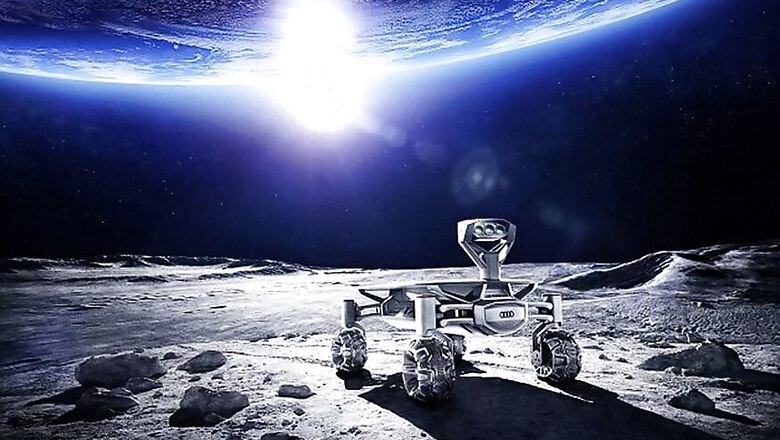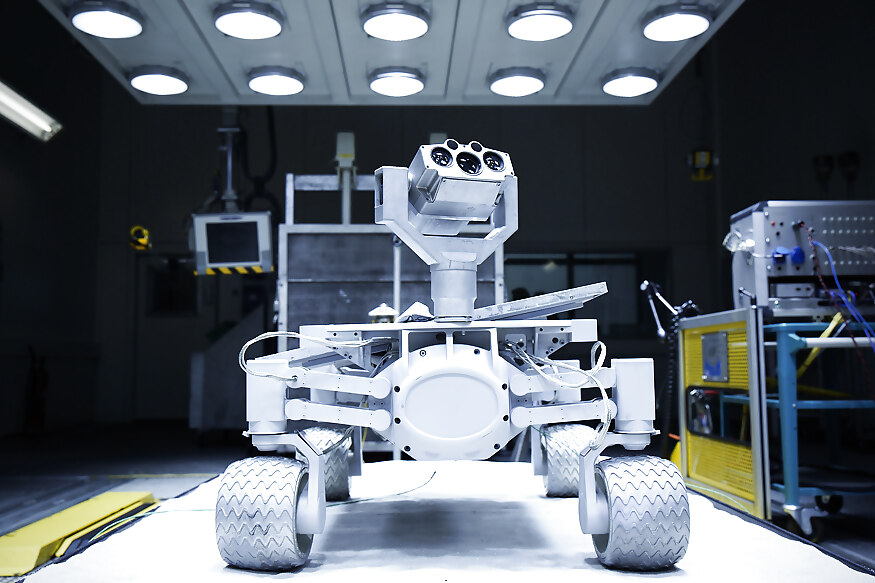
views
They say sky is the limit, so Audi decided to aim higher than the limit. The German auto giant is developing a lunar rover, with an aim to safely land it on the moon and explore the surroundings.
The project is part of Google Lunar XPRIZE space travel competition, in which Audi is providing technical support to a group of 35 engineers called 'Part-Time Scientists'.
Audi is assisting the team, especially with lightweight construction, electric mobility, permanent four-wheel drive and piloted driving. Collaboration with the team also means Audi will cooperate in testing and trials, and finally validating the finished rover.
Audi Concept Design Munich is assisting the engineers for the designing the rover, which will be known as the 'Audi Lunar Quattro'.
The lunar rover has so far gone through several test loops. It features components like an adjustable solar panel that absorbs the sun’s rays and converts it to energy to a lithium-ion battery that supplies power to four electric wheel-hub motors.
The Audi Lunar Quattro will be the fastest rover on the moon with a top speed 3.6 km/h. But, on the Moon its not speed that matters but mechanism capable of helping the rover move about on the very uneven surfaces and its ability to navigate reliably.

The rovers that have been designed so far, including the one us Earthlings left behind on the Moon, were short sighted. The Audi rover however will have three mounted cameras. Two out of these will be stereoscopic and one scientific. The latter is for material testing.
So far during the tests that have been carried out, heat has been a big hurdle in the rover's development. The engines struggled with the high temperatures when they tested it in the Gulf desert - which is on Earth.
Now let's compare it to conditions on the Moon. The temperature of the lunar surface is 120°C. The sun radiates 1,400 watts of power per square metre from above, and the ambient temperature of space is –270°C. And on top of that on Earth, air circulation transports heat away, which does not happen in the perfect vacuum on the moon.
It's a tall order challenge but, we hope the rover turns out how Audi expect it to be. We reserve faith in the world-renowned German engineering. It would be quite a thing to look at a picture taken by the Audi Lunar Quattro of the Moon buggy that was left behind by the Apollo 17 mission in 1969. That should shut the conspiracy theorists up.
About Google Lunar XPRIZE
The Google Lunar XPRIZE is a space travel competition aimed at engineers and entrepreneurs from all over the world. To win, a private team must land a rover on the Moon, then get it to travel at least 500 metres and transmit high-resolution pictures and videos. The landing craft carrying the Audi lunar quattro is scheduled to embark on its mission to the Moon on board a launch vehicle by 2017.
In doing so, they could be in with a chance of winning Google's $30m (£23 million) Lunar X prize.




















Comments
0 comment